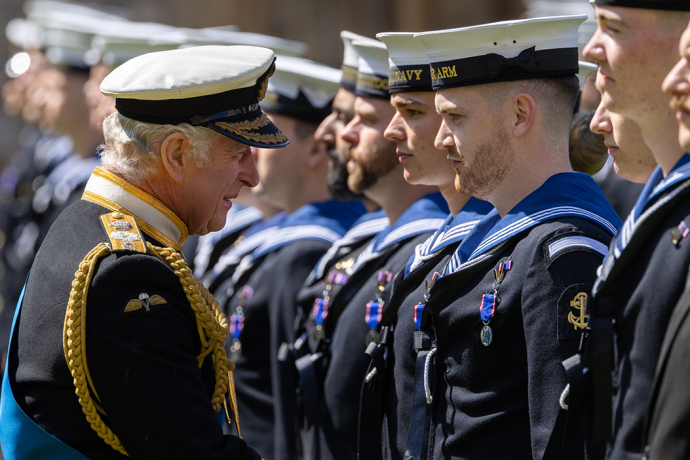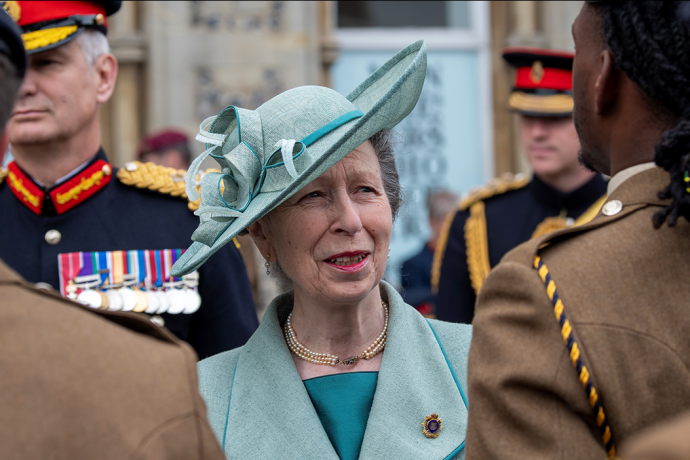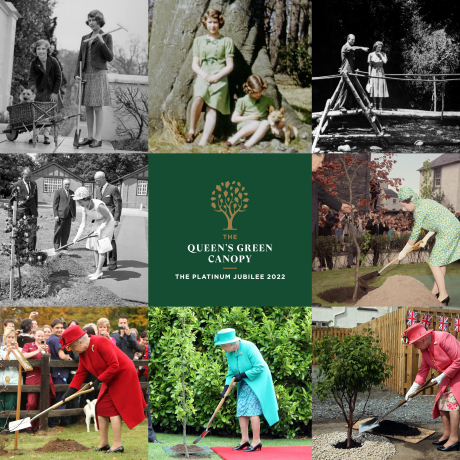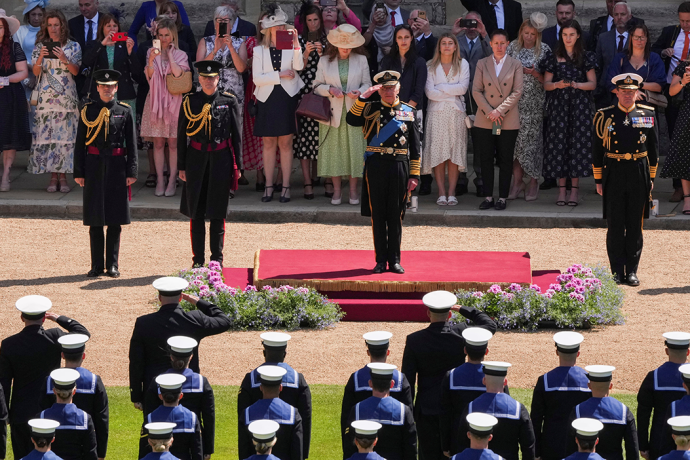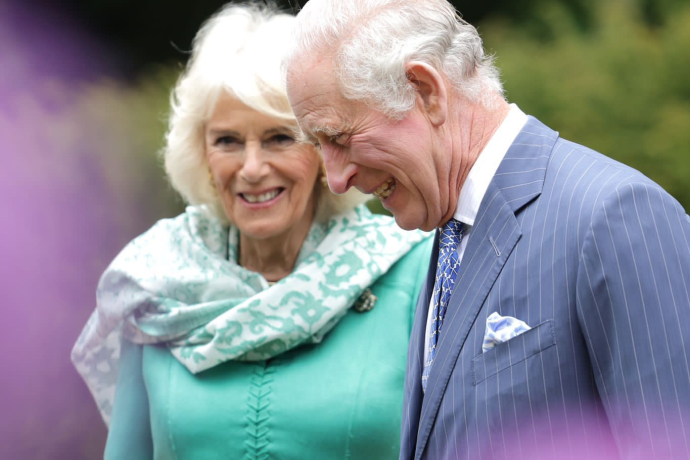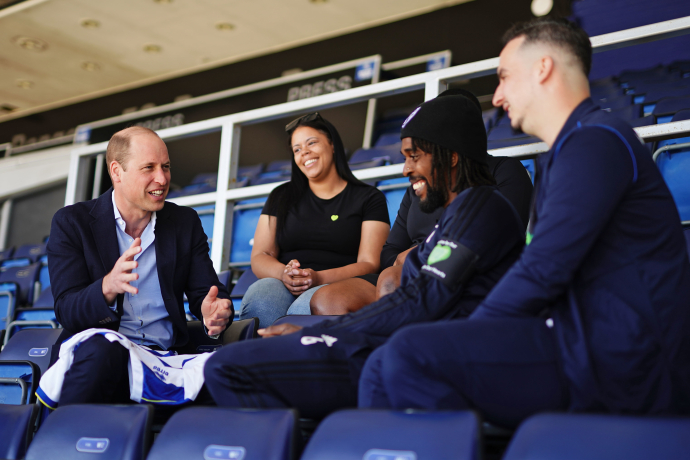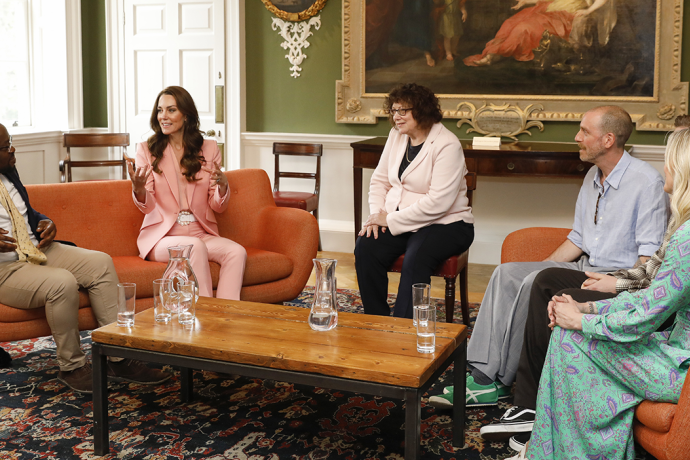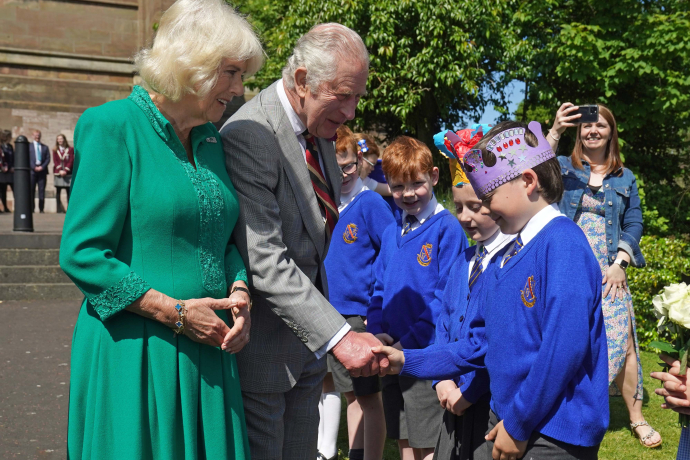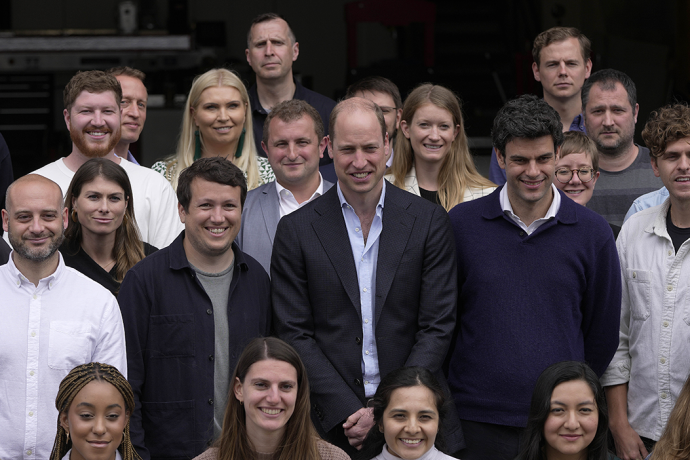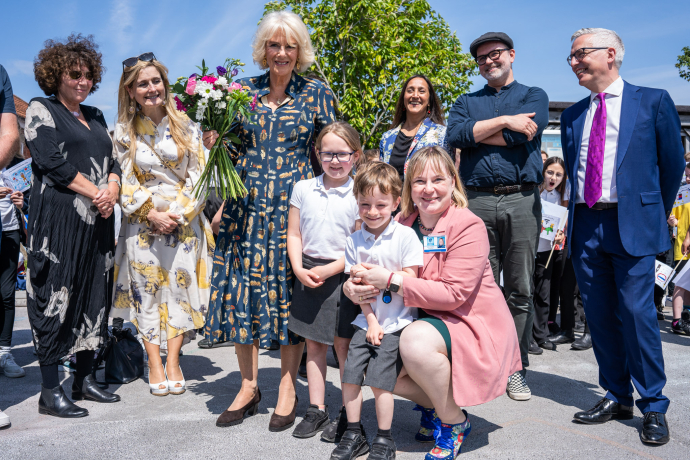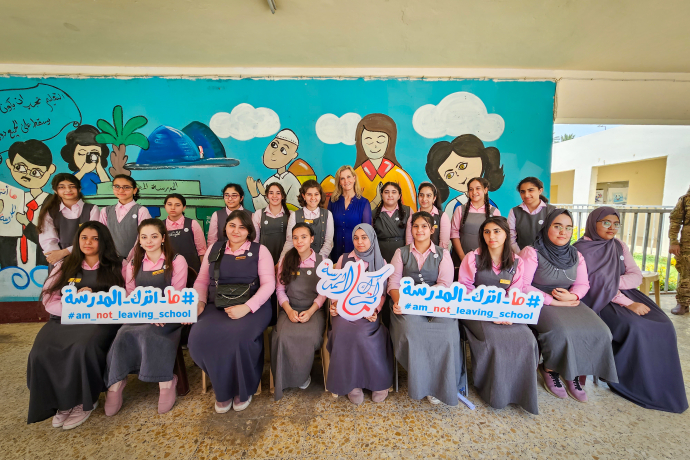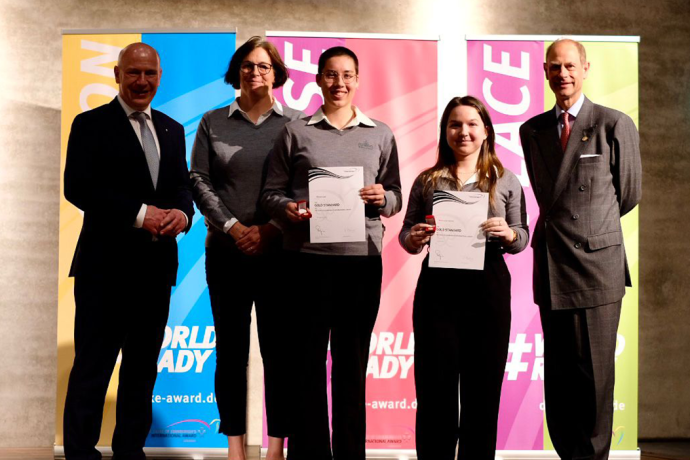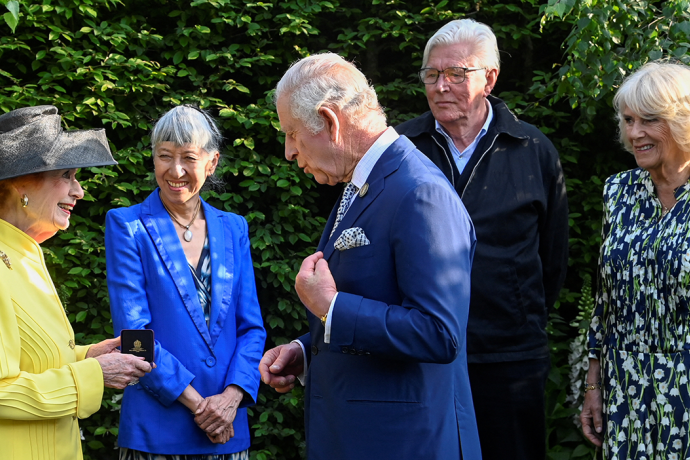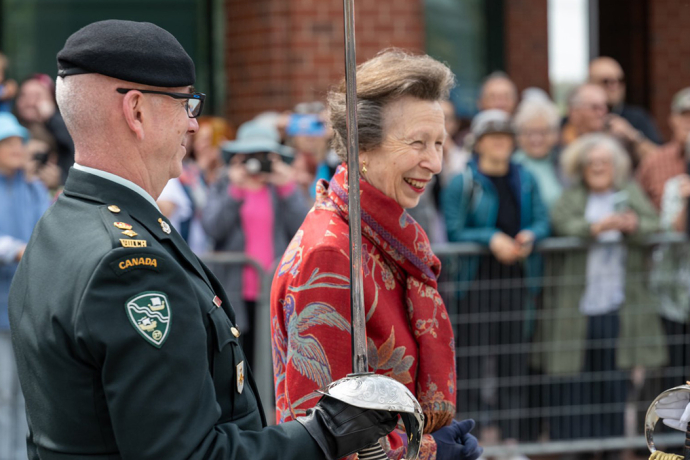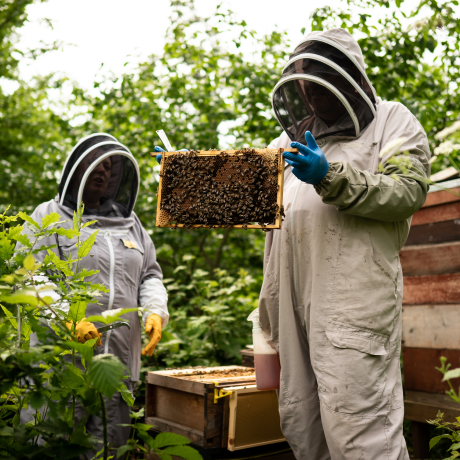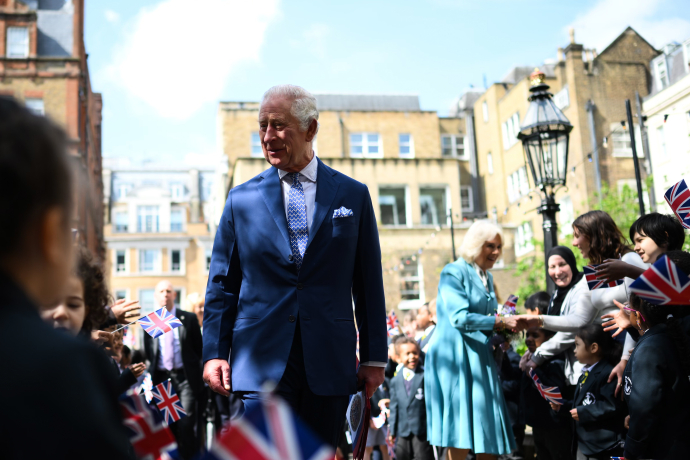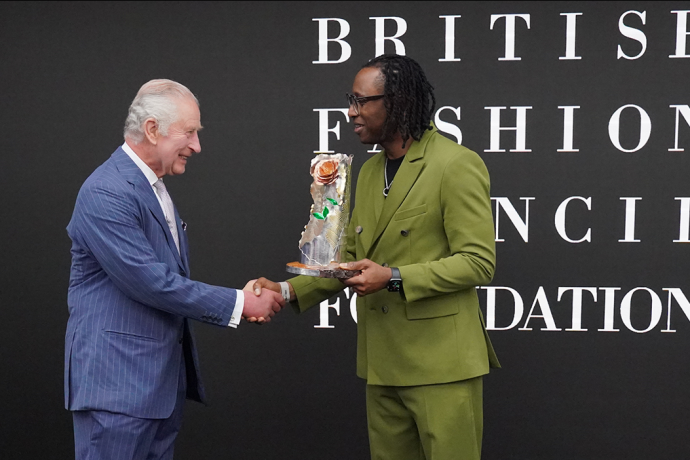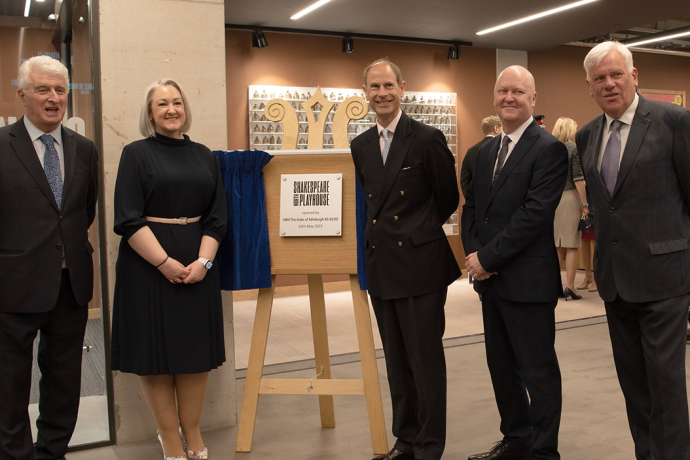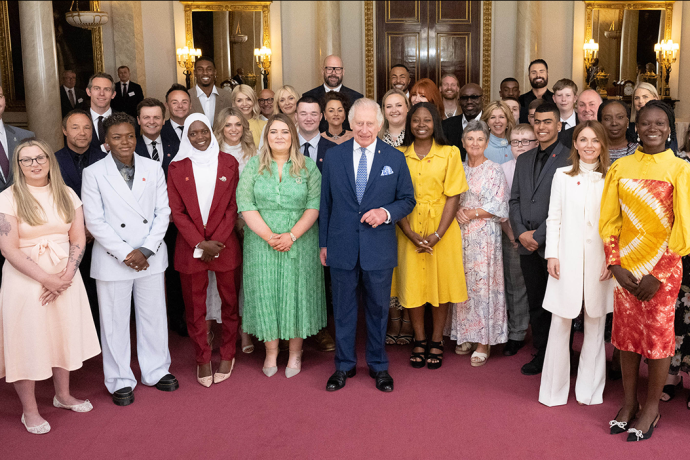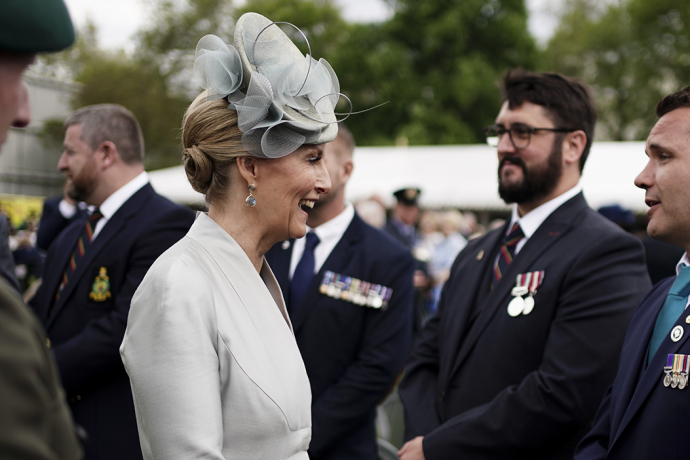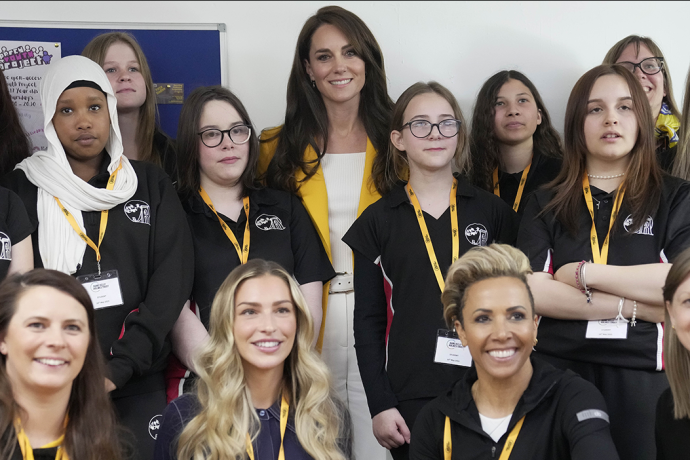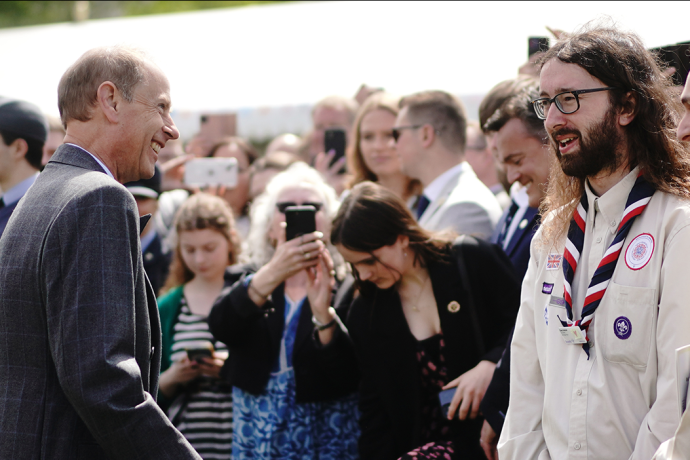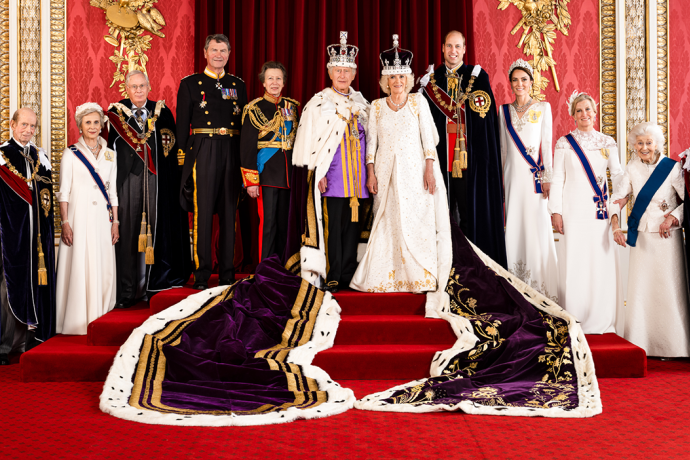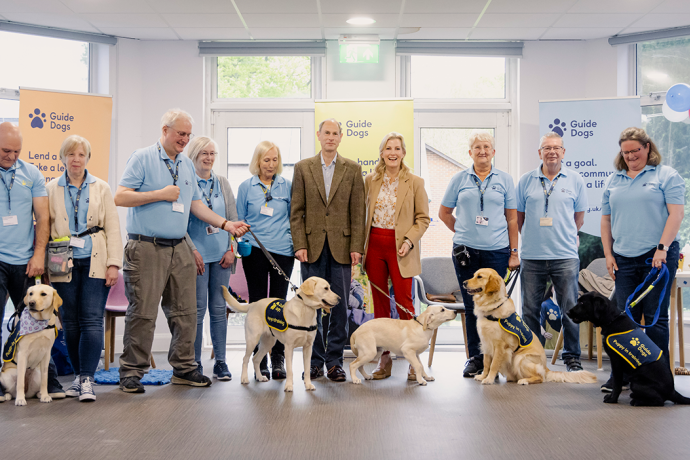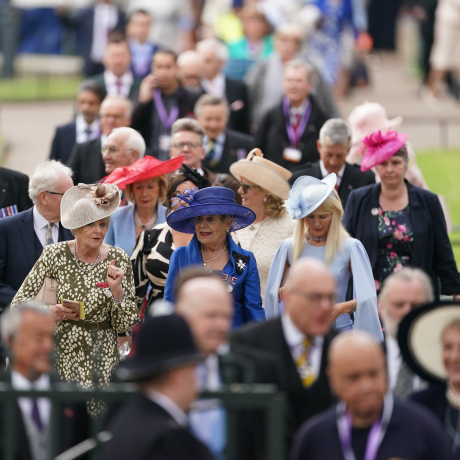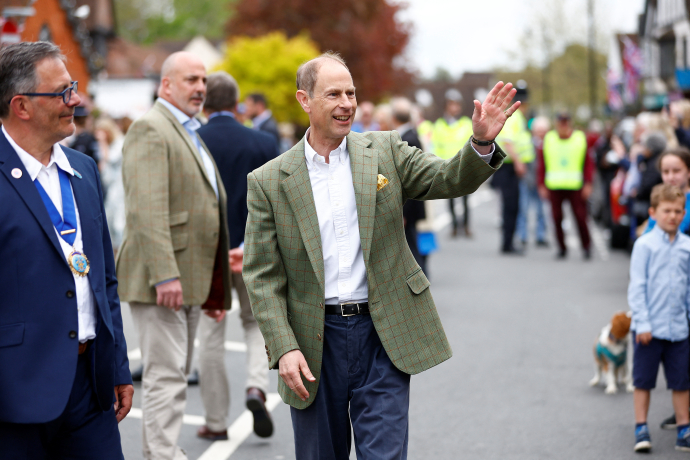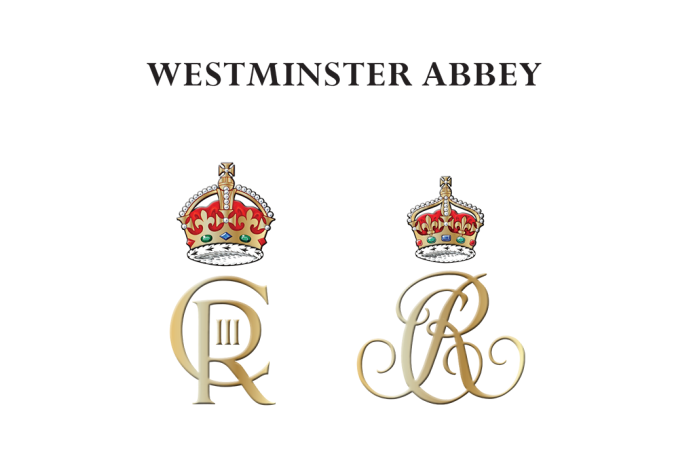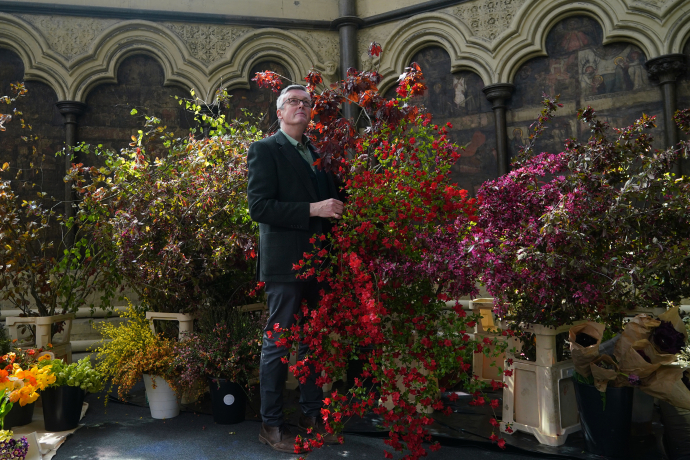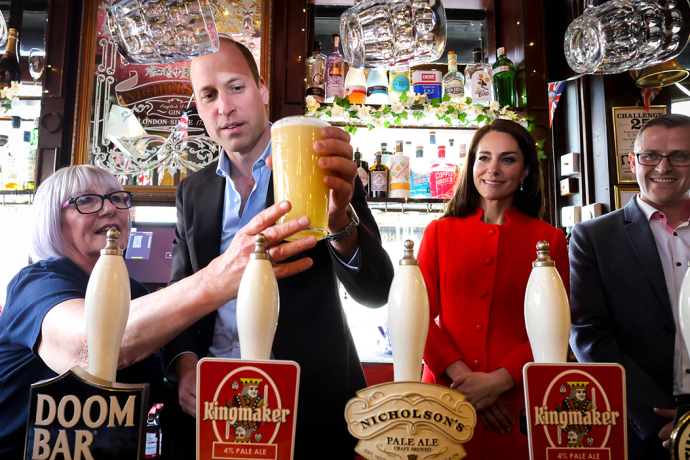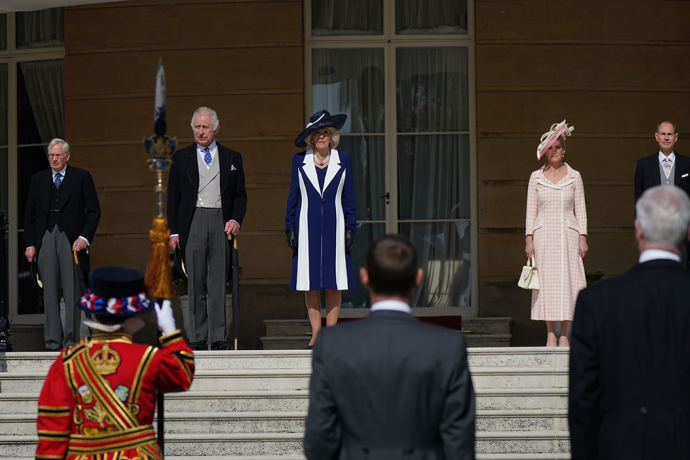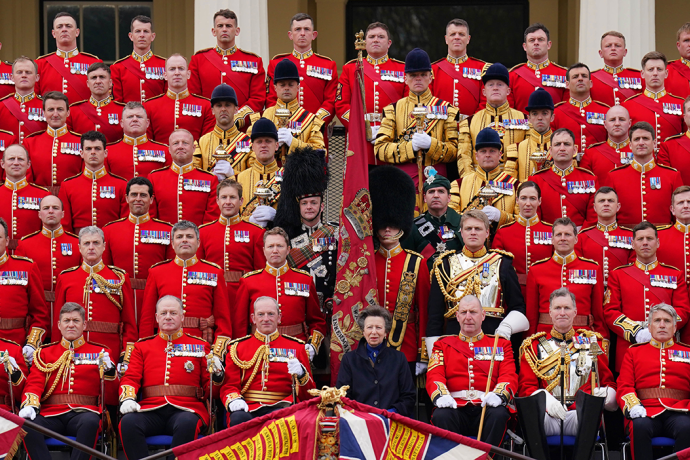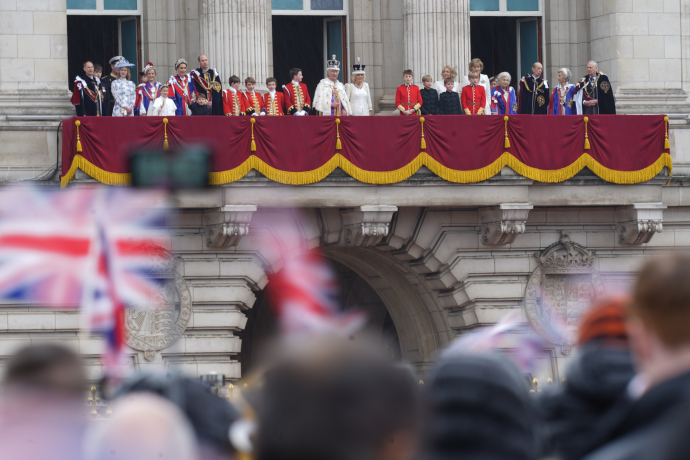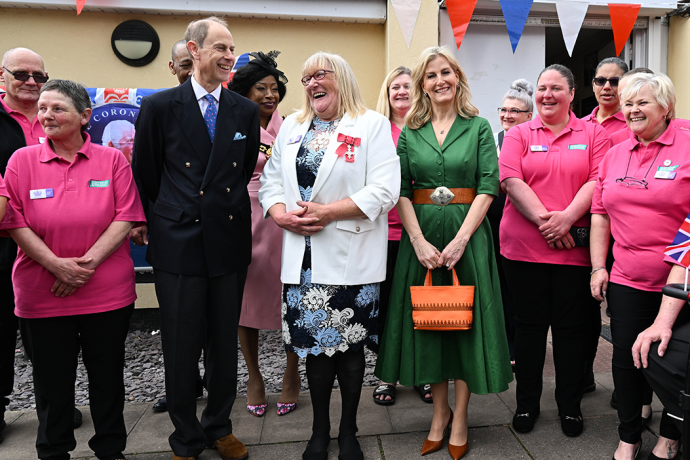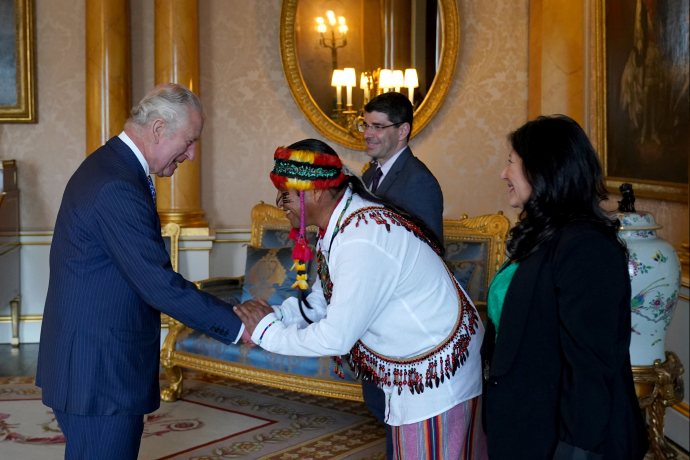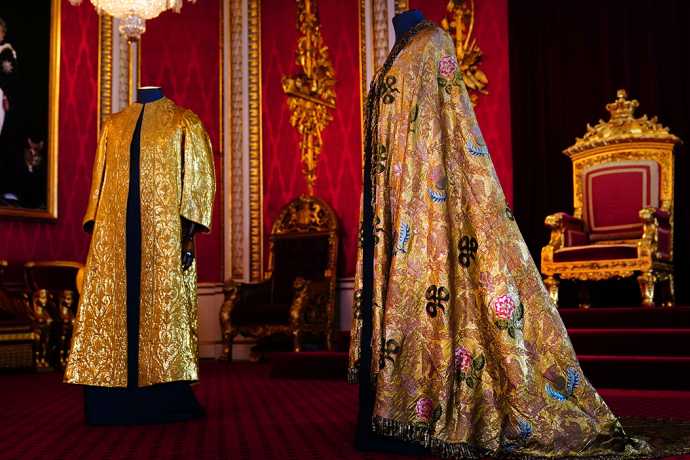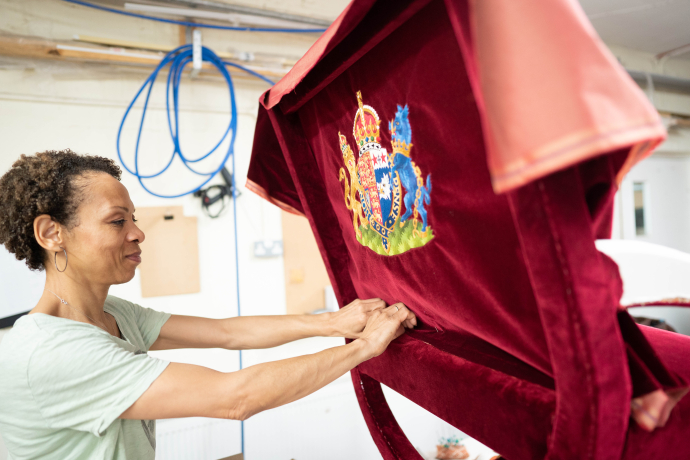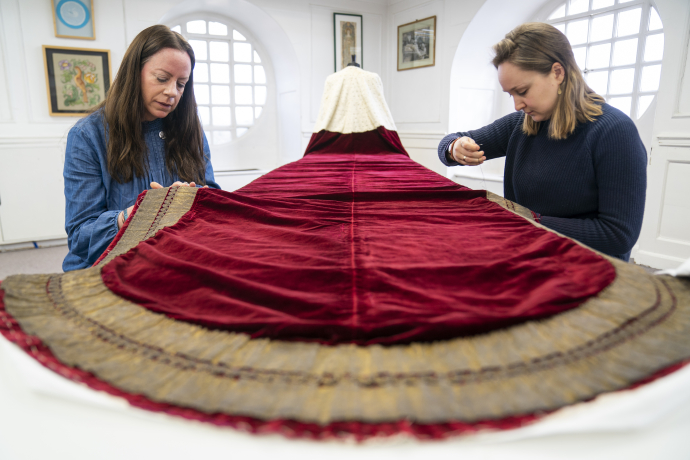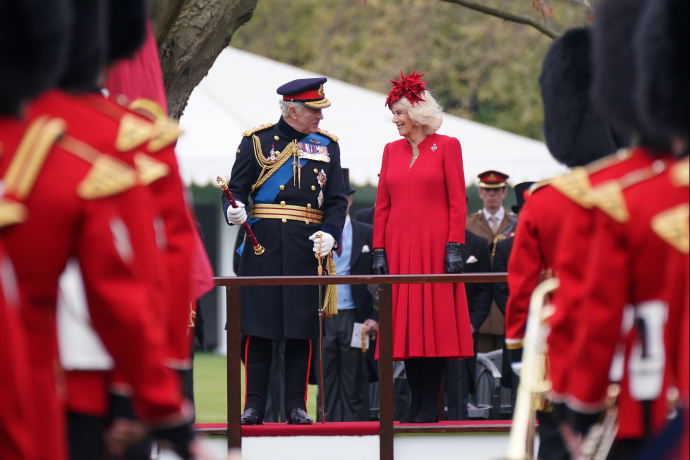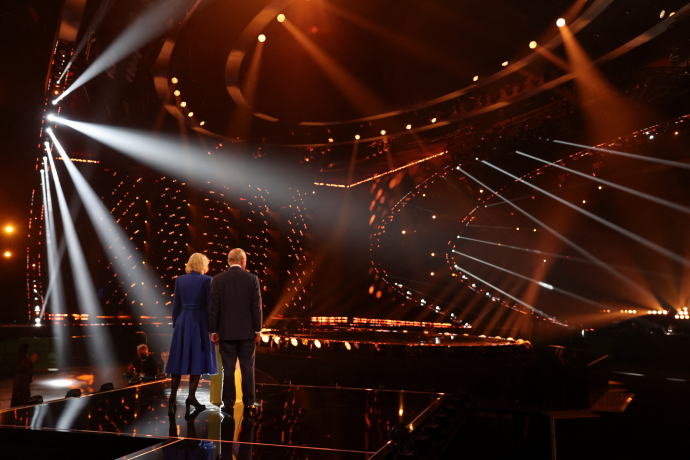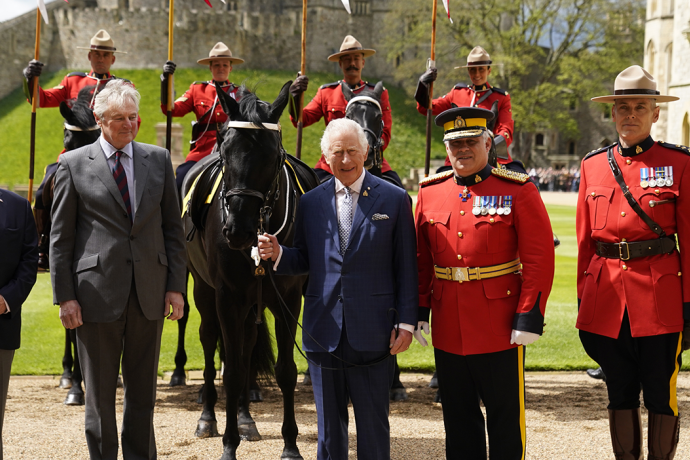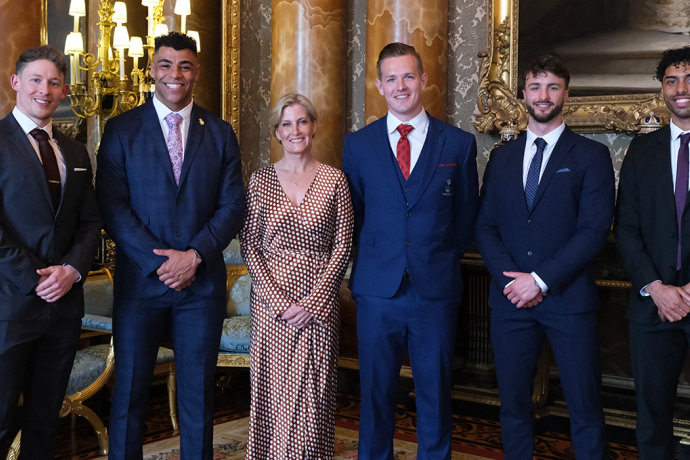The function of the Royal coat of arms is to identify the person who is Head of State. In respect of the United Kingdom, the Royal arms are borne only by the Sovereign.
The arms are used in the administration and government of the country, appearing on coins, in churches and on public buildings. They also appear on the products and goods of Royal warrant holders.
The Sovereign's coat of arms has evolved over many years and reflects the history of the Monarchy and of the country.
In the design the shield shows the various Royal emblems of different parts of the United Kingdom: the three lions of England in the first and fourth quarters, the lion of Scotland in the second and the harp of Ireland in the third.
It is surrounded by a garter bearing the motto Honi soit qui mal y pense ('Evil to him who evil thinks'), which symbolises the Order of the Garter, an ancient order of knighthood of which the Queen is Sovereign.
The shield is supported by the English lion on the left and Scottish unicorn on the right and is surmounted by the Royal crown. Below it appears the motto of the Sovereign, Dieu et mon droit ('God and my right').
The plant badges of the United Kingdom - rose, thistle and shamrock - are often displayed beneath the shield.
Separate Scottish and English quarterings of the Royal arms originate from the Union of the Crown in 1603.
The Scottish version of the Royal coat of arms shows the lion of Scotland in the first and fourth quarters, with that of England being in the second. The harp of Ireland is in the third quarter.
The mottoes read 'In defence' and 'Nemo une impune lacessit' ('No one will attack me with impunity'). From the times of the Stuart kings, the Scottish quarterings have been used for official purposes in Scotland (for example, on official buildings and official publications).
The special position of Wales as a Principality was recognised by the creation of the Prince of Wales long before the incorporation of the quarterings for Scotland and Ireland in the Royal Arms.
The arms of the Prince of Wales show the arms of the ancient Principality in the centre as well as these quarterings.
Coats of arms of members of the Royal Family are broadly similar to The Queen's with small differences to identify them.
A coat of arms should not be referred to as a crest. The crest is only one part of the full coat of arms: the three-dimensional object placed on top of the helm.


